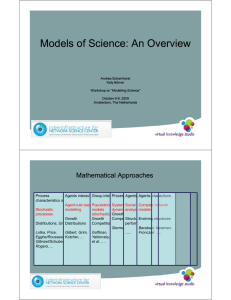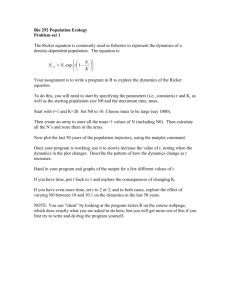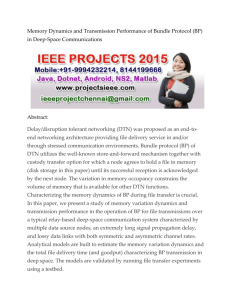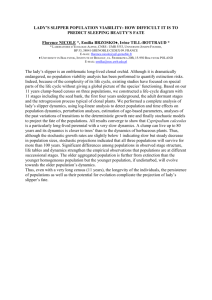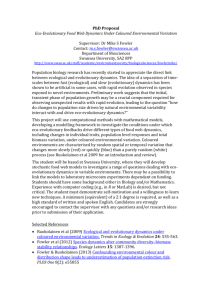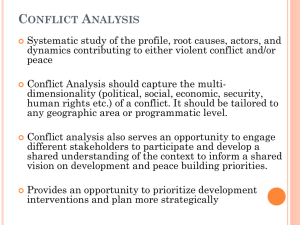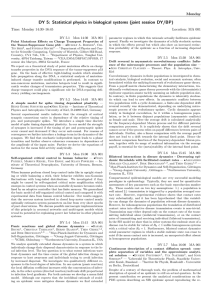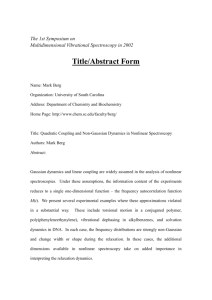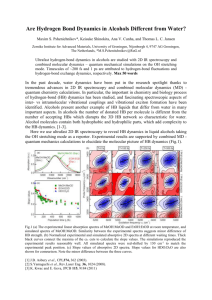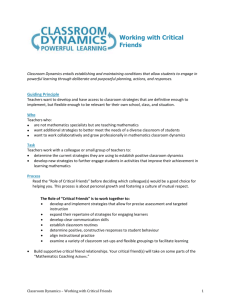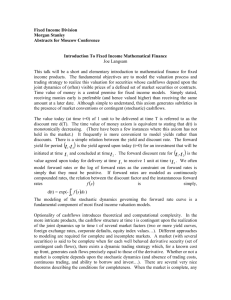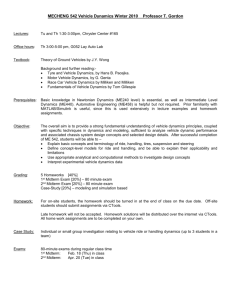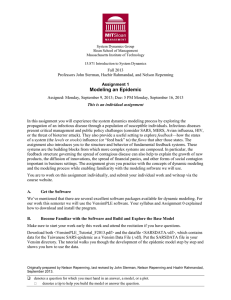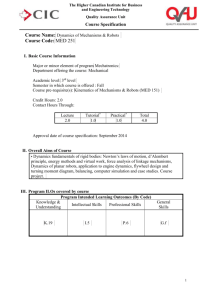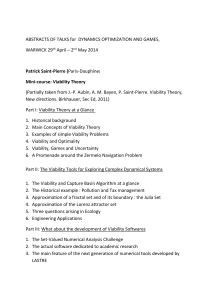Infectious disease transmission in schools
advertisement
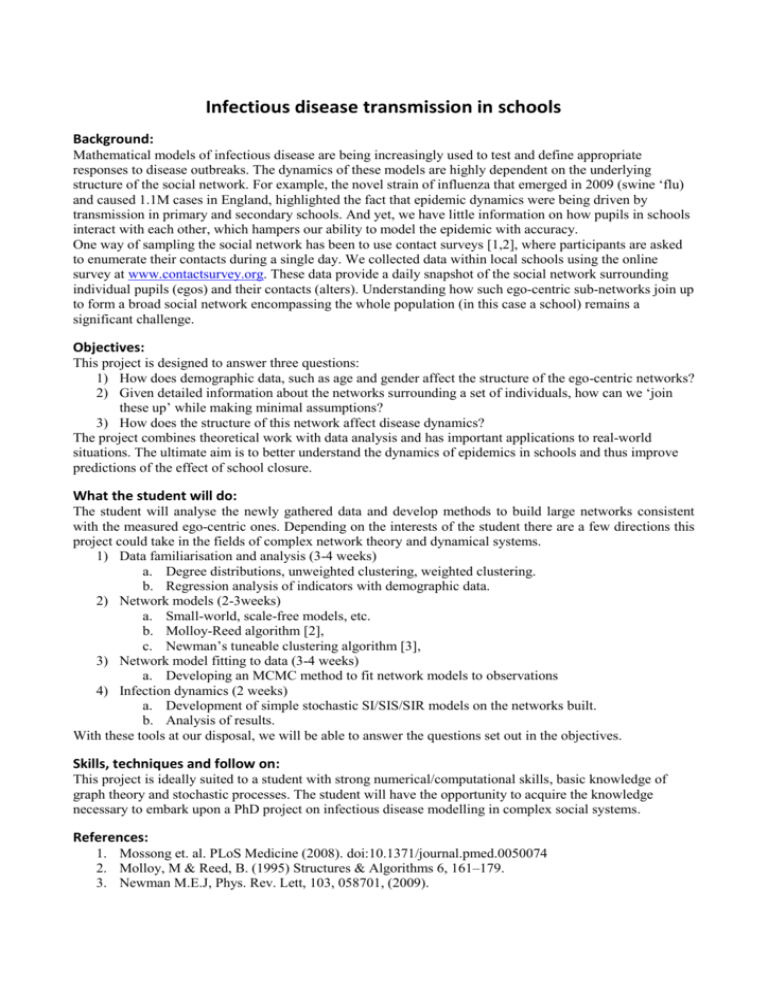
Infectious disease transmission in schools Background: Mathematical models of infectious disease are being increasingly used to test and define appropriate responses to disease outbreaks. The dynamics of these models are highly dependent on the underlying structure of the social network. For example, the novel strain of influenza that emerged in 2009 (swine ‘flu) and caused 1.1M cases in England, highlighted the fact that epidemic dynamics were being driven by transmission in primary and secondary schools. And yet, we have little information on how pupils in schools interact with each other, which hampers our ability to model the epidemic with accuracy. One way of sampling the social network has been to use contact surveys [1,2], where participants are asked to enumerate their contacts during a single day. We collected data within local schools using the online survey at www.contactsurvey.org. These data provide a daily snapshot of the social network surrounding individual pupils (egos) and their contacts (alters). Understanding how such ego-centric sub-networks join up to form a broad social network encompassing the whole population (in this case a school) remains a significant challenge. Objectives: This project is designed to answer three questions: 1) How does demographic data, such as age and gender affect the structure of the ego-centric networks? 2) Given detailed information about the networks surrounding a set of individuals, how can we ‘join these up’ while making minimal assumptions? 3) How does the structure of this network affect disease dynamics? The project combines theoretical work with data analysis and has important applications to real-world situations. The ultimate aim is to better understand the dynamics of epidemics in schools and thus improve predictions of the effect of school closure. What the student will do: The student will analyse the newly gathered data and develop methods to build large networks consistent with the measured ego-centric ones. Depending on the interests of the student there are a few directions this project could take in the fields of complex network theory and dynamical systems. 1) Data familiarisation and analysis (3-4 weeks) a. Degree distributions, unweighted clustering, weighted clustering. b. Regression analysis of indicators with demographic data. 2) Network models (2-3weeks) a. Small-world, scale-free models, etc. b. Molloy-Reed algorithm [2], c. Newman’s tuneable clustering algorithm [3], 3) Network model fitting to data (3-4 weeks) a. Developing an MCMC method to fit network models to observations 4) Infection dynamics (2 weeks) a. Development of simple stochastic SI/SIS/SIR models on the networks built. b. Analysis of results. With these tools at our disposal, we will be able to answer the questions set out in the objectives. Skills, techniques and follow on: This project is ideally suited to a student with strong numerical/computational skills, basic knowledge of graph theory and stochastic processes. The student will have the opportunity to acquire the knowledge necessary to embark upon a PhD project on infectious disease modelling in complex social systems. References: 1. Mossong et. al. PLoS Medicine (2008). doi:10.1371/journal.pmed.0050074 2. Molloy, M & Reed, B. (1995) Structures & Algorithms 6, 161–179. 3. Newman M.E.J, Phys. Rev. Lett, 103, 058701, (2009).

